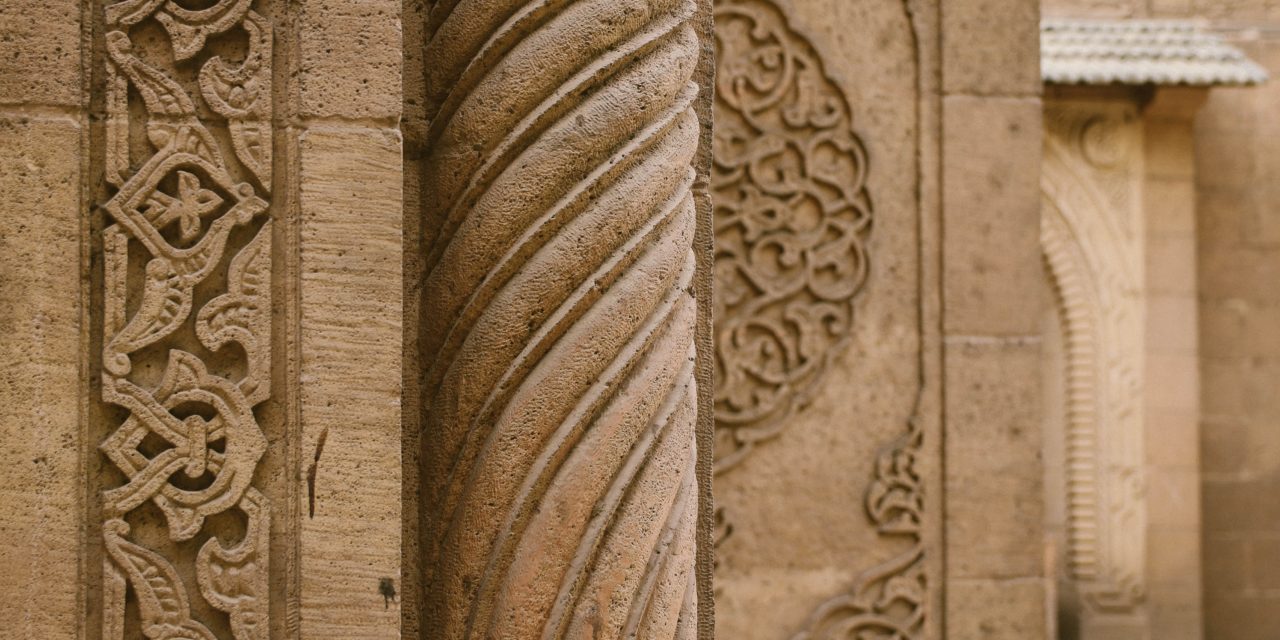A Brief History of Islamic Architecture
A lot of factors to what is known today as the Islamic architecture. Its origin is based on varied cultures such as Catholic, Persian and Indian. This resulted in a rich and colorful history that greatly influenced how ornamental designs and arts are used. For this reasons, Islamic architecture has vastly improved and now incorporate numerous design elements into the construction of structures. Buildings that use certain characteristics of Islamic Architecture are used not just for Muslim worship but also for the resting place of the dead, government forts, the palace of royalties, public baths, and other infrastructures used by Muslims.
Putting Islam in Architecture
It is noteworthy that the Islamic Architecture started during the age of Prophet Muhammad who is the main founder of Islam religion. During this time, several landmarks were constructed such as the Jawtha Mosque in the Kingdom of Saudi Arabia. The widespread acceptance of Islam worldwide signalled the construction of multiple buildings following the Muslim culture. This marked the era of succeeding buildings that follow the Islamic Architecture.
Islamic Geometric Patterns
Due to its continued success and integration with different cultures, there are numerous Islamic design elements and patterns that have spawned along the way. Islamic designs are usually characterized by the repeated use of geometric elements while avoiding figurative images. Specifically, the patterns are built on the mixture of repeating shapes such as squares and circles that can be overlapping or daisy chained. These patterns have been used in different forms or Islamic architecture and arts.
In this article, we have listed 4 of the most common Islamic decorative patterns used throughout the Islamic Architecture History:
Girih
Girih, which is the Persian word name for a knot, is an Islamic ornamental design frequently applied in Islamic Architecture and handmade furniture. It is made up of equally spaced slanted lines that are enjoined together to form an interconnected straps pattern. The main inspiration for this design is speculated to be by born from the early 2 AD Syrian-Roman culture. Creating Girih-based patterns is done through various methods which include the use of ruler and compass construction, the use of grids, and performed and evenly spaced girih tiles. The ornamental decorations can be created with more design details using handmade girih patterns through stencillingstenciling and sculpting different intricately woven designs.
There are a lot of Islamic architectures that use Girih patterns including the Penrose patterns used to construct Darb-i Imam shrine in Isfahan, Iran; interior plasters at found at the place of Muslim worships such as Ottoman Green Mosque in Bursa, Turkey and Sultan Hassan mosque, Cairo.
Jali
Jali, which is the Hindi and Urdu name for a net, is an Islamic decorative design that uses crisscrossed and interlaced design elements and patterns to produce an intricate grid-like appearance.
Initially, Jali was constructed with the use of stone carvings to depict the geometric elements and later evolved to be intricately carved plant-like designs such as the one found in Taj Mahal. Moreover, some of the artworks based on jail were often added with precious earth metals and jewels.
An added benefit of using Jali is that it is one of the vectors in the building that allows air flow through the holes in its surface. Some areas take advantage of this by having larger holes in the jail ornamental designs. Unfortunately, Jali has been less used in modern Islamic architecture since they are a cause of concern for privacy and security matters since ill intent people can peer through the hole designs.
It is primarily used as the decoration for Islamic Architectures including the famous Taj Mahal mausoleum, old Sidi Saiyyed mosque in Ahmedabad and resting place of Salim Chishti.
Arabesque
The arabesque, which is known as Biomorphic Art, is a design element often characterized by surface elements on repeated straight patterns of interconnected curves or plant-like motifs while being mixed with other innovative art forms.
It can also symbolize as ornamental designs that use leaf-like stems connected repeatedly to give the decorative appearance intended by the artist. They are also referred to as interlaced and scroll decorations.
Arabesque design patterns are widely accepted as the pillars of Islamic arts and architecture since its inception. Some Western arabesques derive from Islamic art, but others are closely based on ancient Roman decorations. In the West, they are essentially found in the decorative arts, but because of the generally non-figurative nature of Islamic art, arabesque decoration is often a very prominent element in the most significant works and plays a large part in the decoration of architecture.
Examples of famous Islamic buildings using arabesque design patterns include the highly revered Court of the Myrtles, Alhambra, Dome of the Great Mosque of Damascus, and white marble of decoration of Hagia Sophia.
Mocárabe
Mocárabe, which is the Arabic name for overhang, is an Islamic art design pattern that originated in Northern Africa and Iran during the 10th century. Its design is characterized by multitudes of stone-like artworks repeated in impressive vertical alignment akin to that of a stalactite.
Based on Islam religion, Mocárabe is believed to be the depiction of the cave where the Koran, the sacred book of Islam, was found by Mohammed.
Mocárabe is typically formed using raw materials derived from wood, clay or plastic. Early on, the ornamental design was painstakingly made individually, however, later, different pre-made molds were utilized to have more uniformed designs. This Islamic design element gained traction when famous Islamic architectures started adapting the unique honeycomb and stalactite patterns on famous Islamic landmarks.
This design was often used Islamic Architecture features such as arches, columns, and windows Examples of well-known structures using this design is the arch in the Alcázar of Seville, Hall of Alhambra and the late Nasrid dynasty of Granada.
Do you find the intricacy of Islamic architecture design patterns amazing? If so, please share this article! What other types of Islamic design elements are you familiar with? Please leave a comment below!


